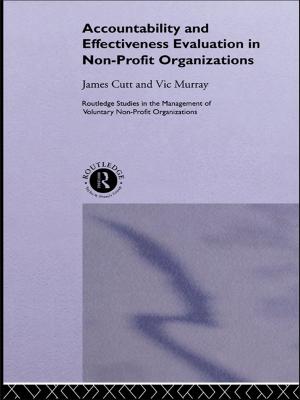A Simple Explanation of Modern Banking Customs
Business & Finance, Finance & Investing, Banks & Banking, Business Reference, Business Communication, Management & Leadership, Management| Author: | Humphrey Robinson | ISBN: | 1230000225369 |
| Publisher: | SMALL, MAYNARD & COMPANY | Publication: | March 15, 2014 |
| Imprint: | Language: | English |
| Author: | Humphrey Robinson |
| ISBN: | 1230000225369 |
| Publisher: | SMALL, MAYNARD & COMPANY |
| Publication: | March 15, 2014 |
| Imprint: | |
| Language: | English |
A Simple Explanation of Modern Banking Customs
Many men having constant transactions with the banks do not realize the importance of the choice of a bank; few understand the correct way in which a note should be drawn, or how to determine the exact due date of a sixty or ninety-day note, or acceptance; what "protesting" a note or draft really means, and what effect it has on the drawers or endorsers; the functions of the Clearing House and the simplicity of its methods; why the banks are compelled to pursue a certain course in the collection of paper sent them, even though this course may be very objectionable to the payers; how checks are collected; the effect of certifying a check; and many other details. Also that very few depositors have ever seen a copy of the National Bank Act, or are familiar with the laws governing their own State Banks and Trust Companies.
This lack of knowledge of the laws and customs, from which there can be no safe departure, is undoubtedly the cause of many unreasonable requests; assertions of fancied rights; remonstrances, and irritating misunderstandings. This condition should not exist. One explanation for it may be, that the work in a bank is so strenuous, everything having to be accomplished in so short a time, that the officers and employes do not have the opportunity to explain fully the reason why.
Many seem to think that the details of banking are very complicated. But there is no mystery about these details. They are very simple and sane. The methods of bookkeeping are really elementary, principally mere addition and subtraction. Of course the science of banking and political economy involves deep and profound study, but these are not treated here, and the writer has attempted merely to give an idea of the daily routine of a bank.
A Simple Explanation of Modern Banking Customs
Many men having constant transactions with the banks do not realize the importance of the choice of a bank; few understand the correct way in which a note should be drawn, or how to determine the exact due date of a sixty or ninety-day note, or acceptance; what "protesting" a note or draft really means, and what effect it has on the drawers or endorsers; the functions of the Clearing House and the simplicity of its methods; why the banks are compelled to pursue a certain course in the collection of paper sent them, even though this course may be very objectionable to the payers; how checks are collected; the effect of certifying a check; and many other details. Also that very few depositors have ever seen a copy of the National Bank Act, or are familiar with the laws governing their own State Banks and Trust Companies.
This lack of knowledge of the laws and customs, from which there can be no safe departure, is undoubtedly the cause of many unreasonable requests; assertions of fancied rights; remonstrances, and irritating misunderstandings. This condition should not exist. One explanation for it may be, that the work in a bank is so strenuous, everything having to be accomplished in so short a time, that the officers and employes do not have the opportunity to explain fully the reason why.
Many seem to think that the details of banking are very complicated. But there is no mystery about these details. They are very simple and sane. The methods of bookkeeping are really elementary, principally mere addition and subtraction. Of course the science of banking and political economy involves deep and profound study, but these are not treated here, and the writer has attempted merely to give an idea of the daily routine of a bank.















